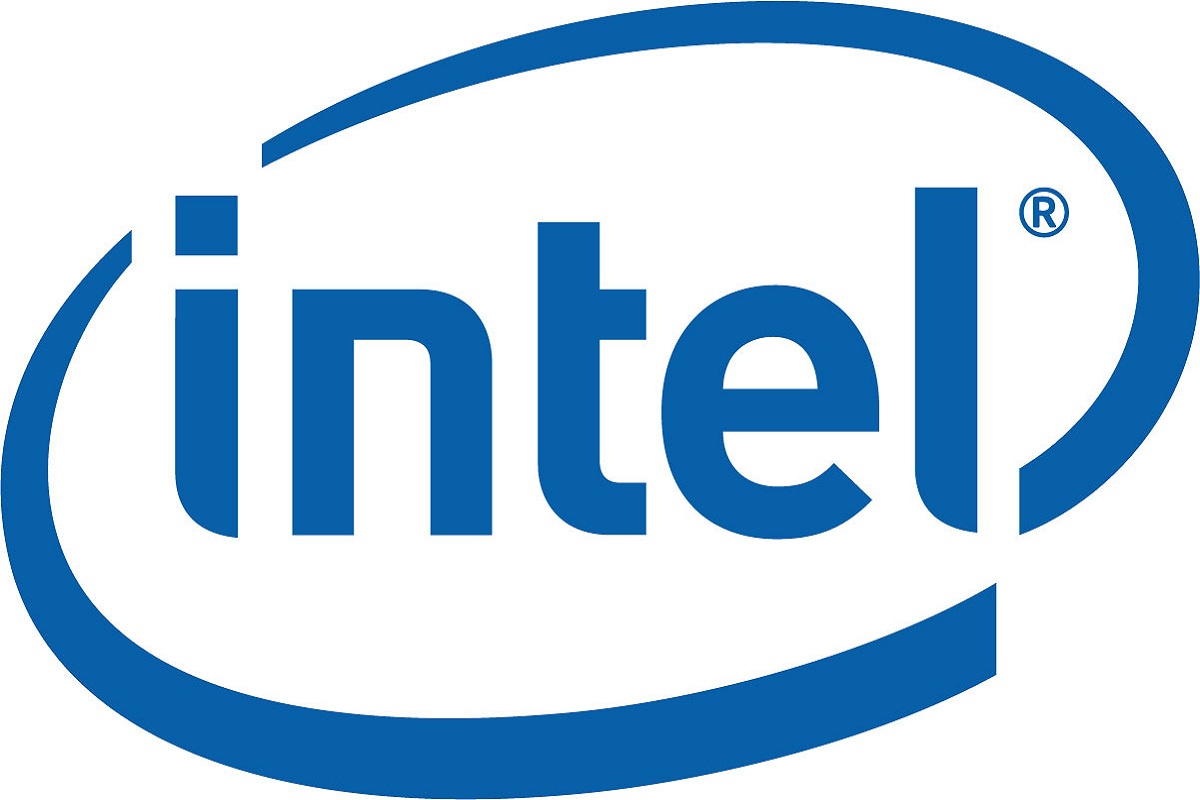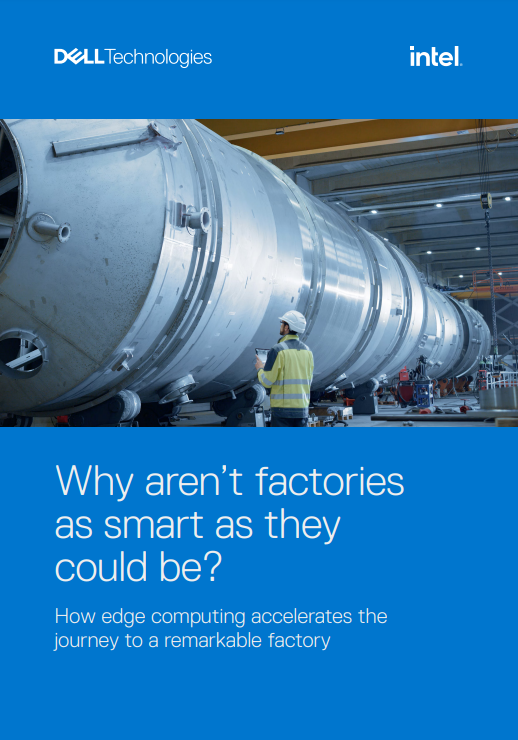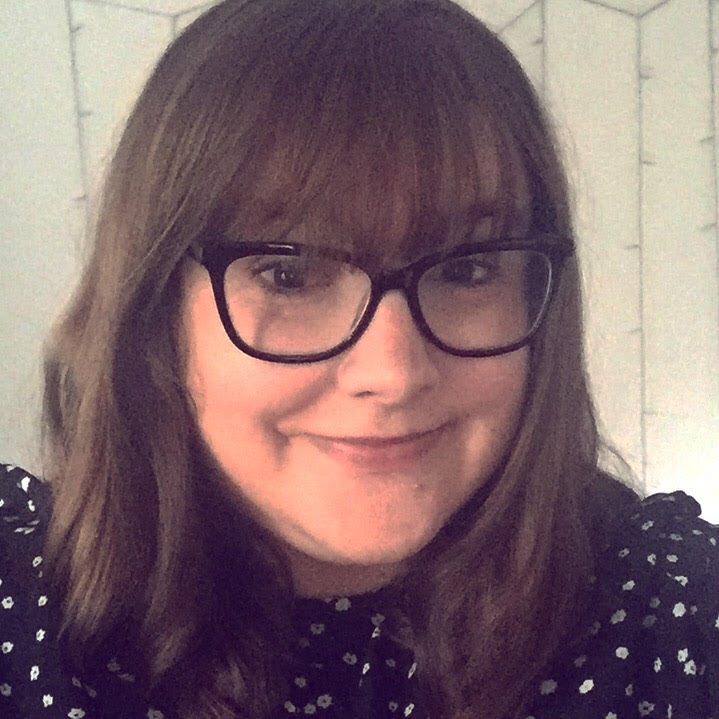Intel picks wrist-worn drone as Make it Wearable contest winner
Intel has awarded a group of developers with first prize in its smart clothing contest for a wrist-worn drone


Intel has awarded the $500,000 first prize in its 'Make it Wearable' contest to a group responsible for developing a wrist-worn drone complete with camera.
The Nixie quadcopter is designed to be worn around the wearer's wrist and, when activated, takes off, capturing images of things and places it would be difficult for people to reach. It will be marketed towards rock climbers, with the device returning to the wearer before syncing with their smartphone.
The contest was set up in an effort to put Intel at the forefront of the wearables market for the future, and is designed to find innovative examples of the technology.
Mentioning that the contest was intended to encourage budding entrepreneurs to use Intel chips to create innovative examples of wearable technology, CEO Brian Krzanich said at the ceremony: "This was an experiment to see what we would do in this space and see what kind of creativity we could spawn. The real value in this was the diversity of the teams and ideas."
The $500,000 awarded to the winners will be used to make and market a prototype of the device.
Intel recently acquired Basis, a health tracker startup, and is a part of the development of wearable gadgets with Fossil and Opening Ceremony.
Other finalists in the competition were a device that allowed premature babies to feel their mother's heartbeat while inside an incubator and a pulsing necklace to guide cyclists without them needing to look down at their phone.
Sign up today and you will receive a free copy of our Future Focus 2025 report - the leading guidance on AI, cybersecurity and other IT challenges as per 700+ senior executives
Caroline has been writing about technology for more than a decade, switching between consumer smart home news and reviews and in-depth B2B industry coverage. In addition to her work for IT Pro and Cloud Pro, she has contributed to a number of titles including Expert Reviews, TechRadar, The Week and many more. She is currently the smart home editor across Future Publishing's homes titles.
You can get in touch with Caroline via email at caroline.preece@futurenet.com.
-
 Trump's AI executive order could leave US in a 'regulatory vacuum'
Trump's AI executive order could leave US in a 'regulatory vacuum'News Citing a "patchwork of 50 different regulatory regimes" and "ideological bias", President Trump wants rules to be set at a federal level
-
 TPUs: Google's home advantage
TPUs: Google's home advantageITPro Podcast How does TPU v7 stack up against Nvidia's latest chips – and can Google scale AI using only its own supply?
-
 Gaining timely insights with AI inferencing at the edge
Gaining timely insights with AI inferencing at the edgeWhitepaper Business differentiation in an AI-everywhere era
-
 Scaling AI from pilot to production: Maximize AI impact with HPE & Intel
Scaling AI from pilot to production: Maximize AI impact with HPE & IntelWhitepaper Transform AI proof-of-concepts into full-scale implementations
-
 UK supercomputer boom as HPE and Dell receive funding for new AI cluster
UK supercomputer boom as HPE and Dell receive funding for new AI clusterNews The UK’s AI computing capabilities will increase by an order of magnitude in 2024
-
 AI gold rush continues as Hugging Face snags $235 million from IBM
AI gold rush continues as Hugging Face snags $235 million from IBMNews The investment round, which brings the company's valuation to $4.5 billion, also includes Amazon, Google, Intel, and Salesforce
-
 Why is ASUS reviving Intel’s NUC mini-PC line?
Why is ASUS reviving Intel’s NUC mini-PC line?News The diminutive PC is to rise again while analysts look for the business case
-
 Intel targets AI hardware dominance by 2025
Intel targets AI hardware dominance by 2025News The chip giant's diverse range of CPUs, GPUs, and AI accelerators complement its commitment to an open AI ecosystem
-
 Why aren’t factories as smart as they could be?
Why aren’t factories as smart as they could be?Whitepaper How edge computing accelerates the journey to a remarkable factory
-
 Has Lenovo found the ultimate business use case for smart glasses?
Has Lenovo found the ultimate business use case for smart glasses?Opinion Lenovo’s T1 smart glasses offer a virtual desktop that only you can see
